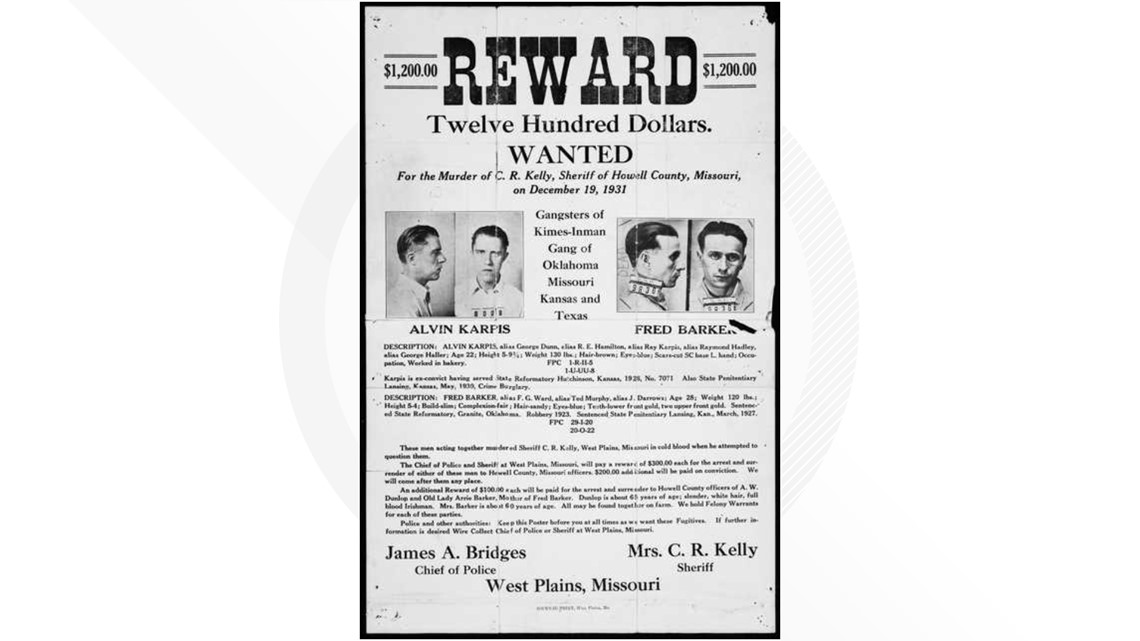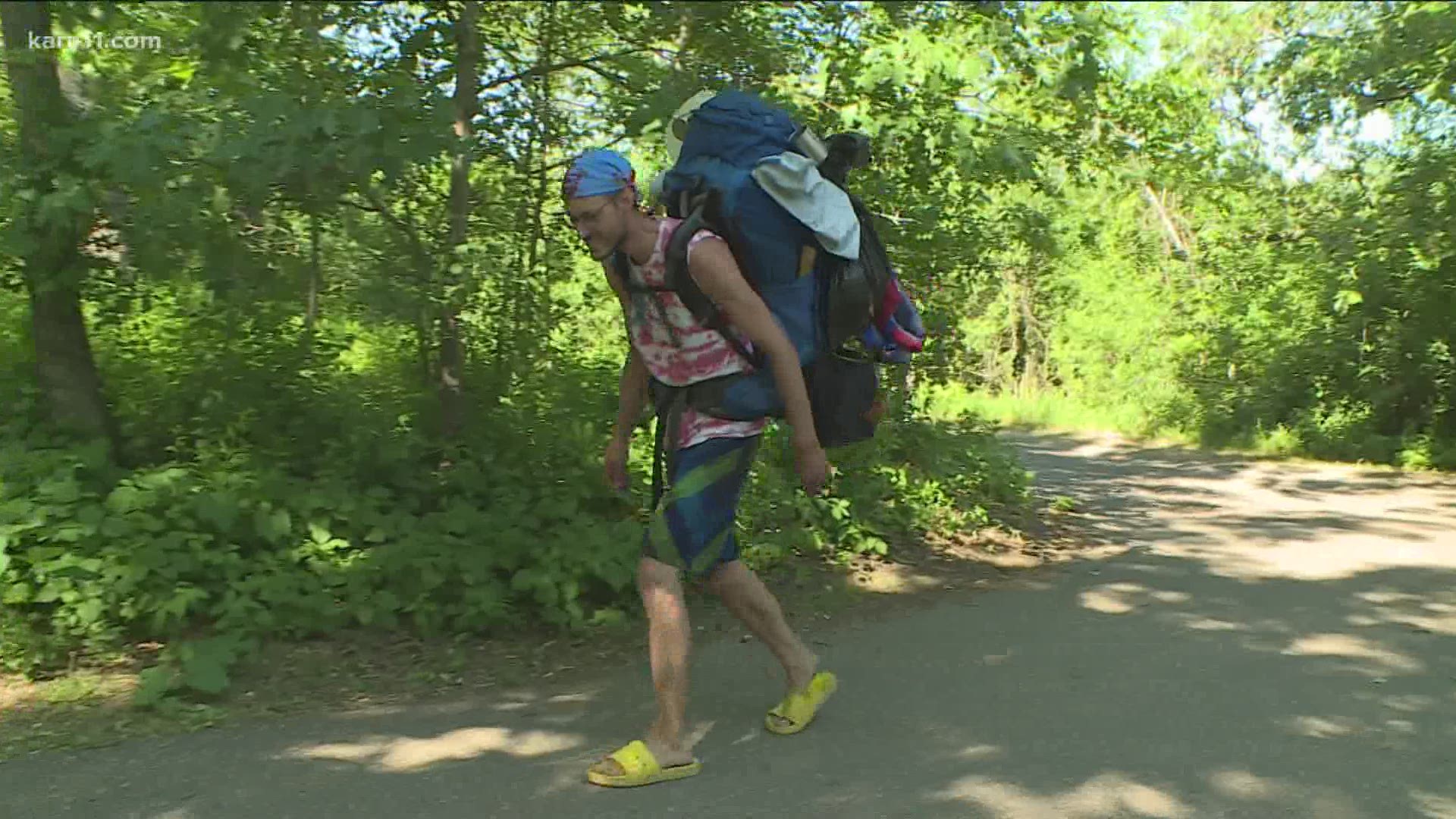ST PAUL, Minn. — Listen to the podcast here | Apple | Spotify | Stitcher | Google Play
The Wabasha Street Caves sit on the Mississippi River, casting a cool gaze over St. Paul. They’ve seen more than their fair share of life from the saintly city.
First formed in the 1800s as silica mines, the caves were then transformed to the first commercial mushroom farm in the U.S. Lehmann Farms is still in business today.
In the 1920s and 1930s the caves hosted a speakeasy, and then a nightclub.
That nightclub? A favorite hangout of some of the most notorious gangsters of the day.
Deborah Frethem is a local author, actress and cave historian. She and co-author Cynthia Schreiner Smith published the book “Alvin Karpis and the Barker Gang in Minnesota” and spent years researching and writing about their influence on St. Paul.
Unfortunately, the Wabasha Street Caves aren’t currently hosting their “Gangster Tours," but for the last 20 plus years Frethem played Nina Clifford, an influential madame in the late 1890s.
While the brothel no longer stands, the Landmark Center, an apartment rented by John Dillinger and Billie Frechette, and a house built by wealthy brewer William Hamm are still in St. Paul.


In 1900, St. Paul’s police chief was John J. O’Connor, a man who declared that he was not the police chief of the U.S., he was the police chief of St. Paul, and he would keep peace here. The police force didn’t have much money, and so the chief decided criminals wouldn’t be bothered as long as they followed the three rules, later known as the O’Connor Layover System.
- No crimes in St. Paul
- A payment to St. Paul police (O’Conner viewed it as something similar to a deposit on good behavior)
- Check-in on arrival
Historians agree that violent crime was almost nonexistent under O’Connor, but surrounding areas still felt the effects of some of St. Paul’s infamous residents.
Alvin “Creepy” Karpis and the Barker Gang first rolled into St. Paul in 1931, found the place to their liking and stayed for years. By this time, John O’Connor was no longer the chief of police. In his place was Chief Tom Brown, a crooked cop more concerned with lining his pockets than keeping the peace.
Even after being demoted from chief to detective in 1932, Brown was a valuable ally for the Karpis-Barker Gang. His tip helped them allude arrest in a big police raid.
Brown also helped the gang behind the scenes in the 1933 kidnapping of William Hamm Jr., a job that netted the gang $100,000.
The inside help from Tom Brown continued; He helped the Karpis-Barker gang rob the Swift Payroll in 1933, and kidnap Commercial State Bank president Edward Bremer in 1934. This kidnapping hauled in $200,000 for the gang.
So with all of these high-profile crimes, why is the name Alvin Karpis not as well-known as John Dillinger or Al Capone?
Because that’s exactly what he wanted, according to Frethem. Karpis wasn’t flashy. He wanted to operate under the radar, to stay hidden from police and the public eye. While others around him branded themselves “gangster” and “bandit,” Karpis always considered himself a thief, and the best at it. In another time, Karpis reflected he might have become a businessman if his life of crime hadn’t come so easy.


In the early 1930s, things began to sour for criminals in St. Paul. Tom Dahill was appointed Chief of Police in 1932 and laid the groundwork for the end of the O’Connor Layover System. The FBI was granted more power as an organization, and moved in and shut down the biggest bootlegger in the city in 1934. More and more of the mobile bandits were either killed in encounters with the police or locked away in penitentiaries.
Spearheaded by frustrated citizens and a local journalist, one of the first wiretaps was used in St. Paul at this time. A detective from Chicago, Jaime Wallace, posed as an admirer of police and was allowed to record hundreds of hours of police conversations, exposing the rampant corruption in the department. The people said “no more” to the Gangster Era in St. Paul.
Have something you'd like to hear about on the podcast? Send an email to: thatssominnesota@kare11.com
Listen to the podcast here | Apple | Spotify | Stitcher | Google Play
Other episodes of That's So Minnesota:




